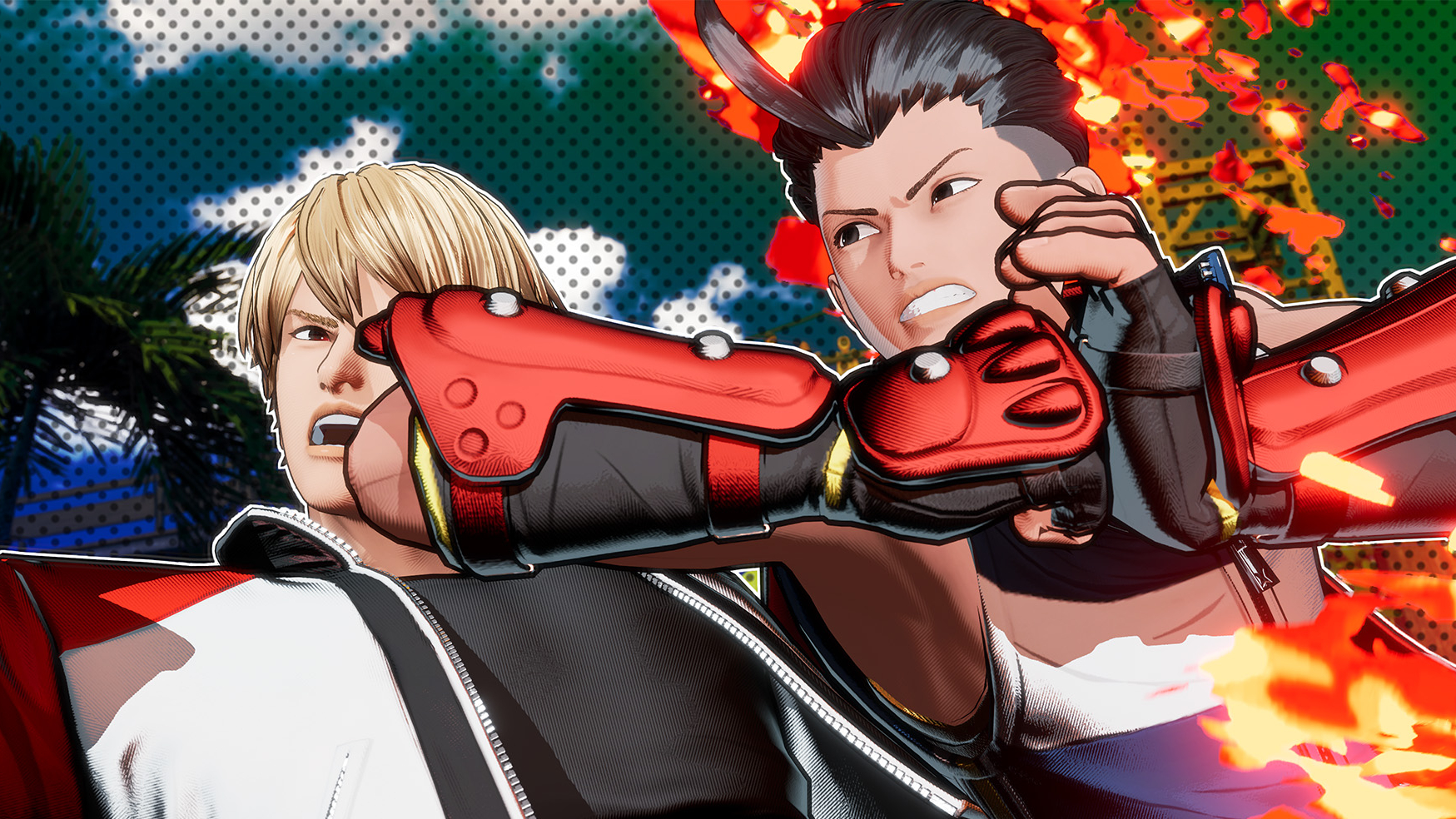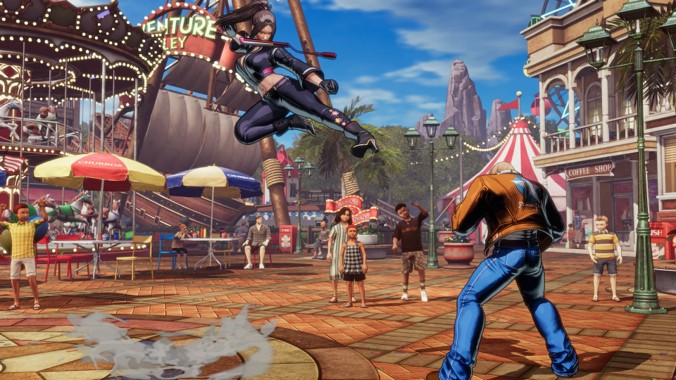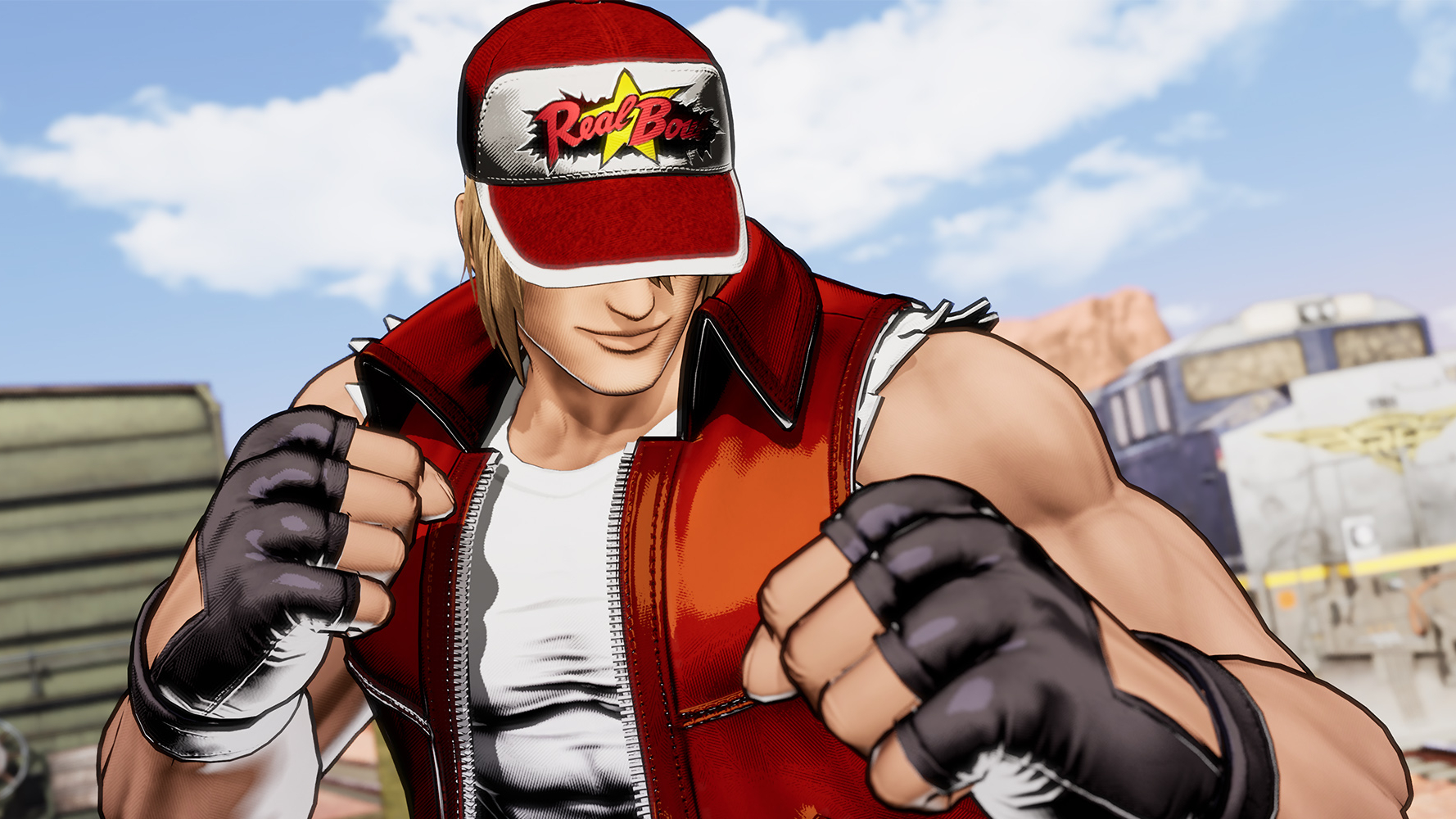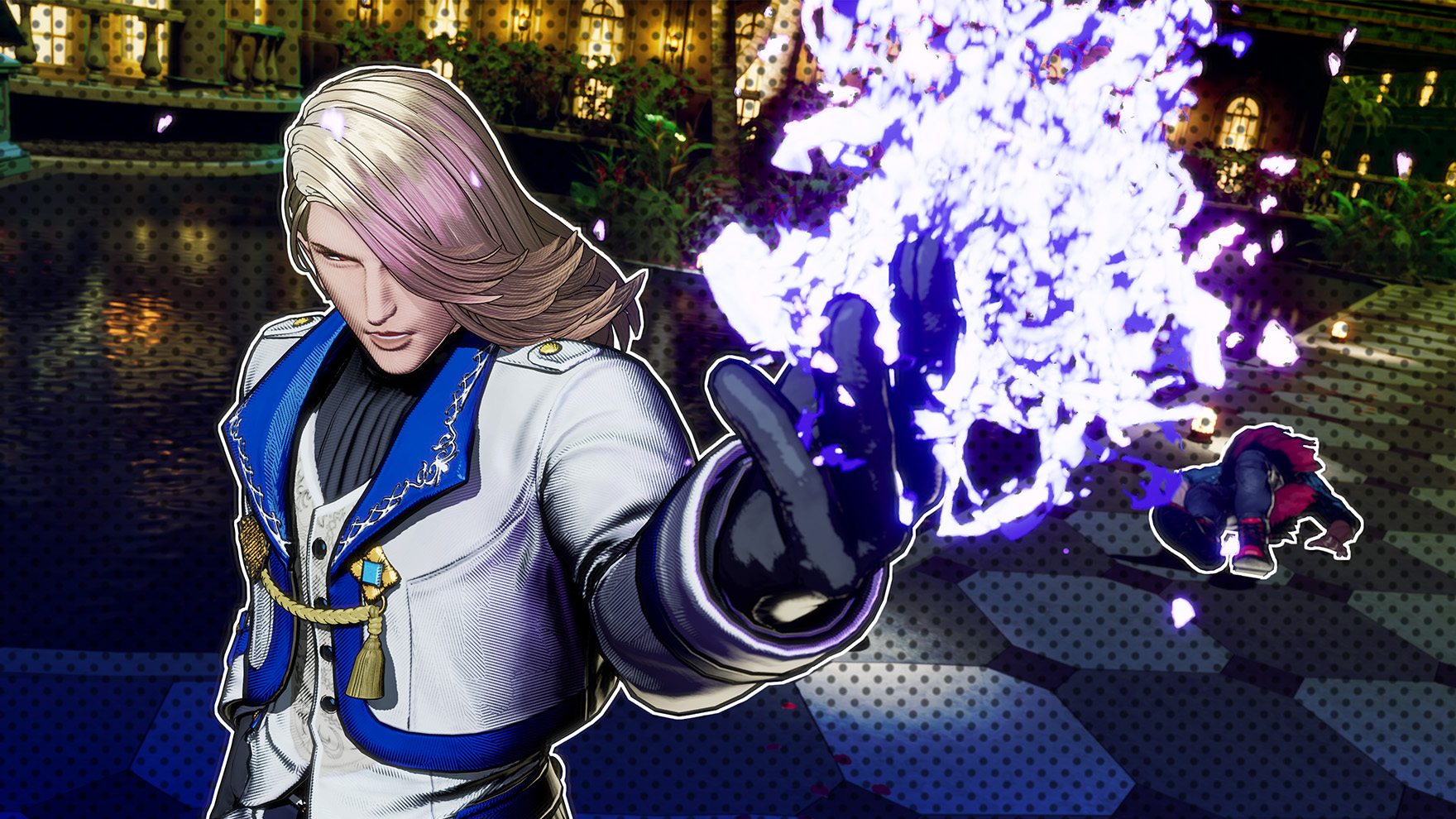
Fatal Fury: City of the Wolves is finally here, and as the first entry in developer SNK’s legendary fighting game franchise in over 25 years, it’s got a point to prove. Especially in the modern fighting game landscape, where things like Street Fighter 6’s complex Drive Gauge system or Tekken 8’s focus on overpowering aggression have become the norm.
Platform reviewed: PC
Available on: PS5, Xbox Series X|S, PC
Release date: April 24, 2025
By comparison, City of the Wolves feels refreshingly old-school. Neutral and defensive play is incredibly important here, and thanks to the fun-but-strict REV meter system, lengthy high-damage combos can be very costly. Risk-versus-reward gameplay is a huge factor, and it’s rare you’ll get to brute force your way out of a disadvantageous position; you’ll have to work for it instead.
In terms of presentation, City of the Wolves is utterly gorgeous, with SNK clearly refining the cel-shaded style it’s implemented in recent titles like Samurai Shodown and The King of Fighters 15. Animation is fantastic, characters are highly expressive, stages are awash with color and detail, and it’s all backed up by a tremendously catchy soundtrack.
It’s unfortunately not quite a home run effort, though. Menus still feel incredibly sluggish, with noticeable input lag as you navigate them. And even on a solid-state drive, there are some worryingly long load times even between individual rounds. Furthermore, offline modes are basic at best and uninspired at worst, and the usual Arcade and Survival modes are joined by a tedious main single-player mode that gets old within the first hour.
But overall, if you’re looking for a largely no-nonsense fighting game to learn and improve at in the months to come, Fatal Fury: City of the Wolves is very easy to recommend. It’s not a full-priced game, and it even includes its first-year season pass absolutely free of charge.
As a side note, before we dive in, I unfortunately didn’t get to test online functionality in the review build of Fatal Fury: City of the Wolves, as the servers weren’t ready for prime time.
REV it up

Let’s start with the basics. Fatal Fury: City of the Wolves is a four-button fighting game, with light and heavy punches and kicks forming the core of your neutral offence. On a per-character basis, some of these buttons can be strung together to form a simple target combo or pressed after directional inputs to perform a special move.
The core gimmick in Fatal Fury: City of the Wolves is the REV system, governed by a gauge for each fighter. It starts out empty at zero percent, but fills up as you perform enhanced special moves (done by pressing both punch or kick buttons after a directional input) or by performing moves that are only available to you in the S.P.G. state (more on that soon).
As these enhanced special moves - known as REV Arts - can be canceled into one another for big-damage combos, you’ll find that your REV meter can fill exceptionally fast. If it fills up, you’ll overheat, which means you’ll be susceptible to guard breaks and won’t be able to pull off any more REV Arts or abilities until it fully cools down.

While Fatal Fury: City of the Wolves features a relatively small roster of 17 characters at launch, all feel incredibly unique and diverse. Better yet, player expression is wholeheartedly supported with systems like the REV meter, feinting, and braking, allowing for a range of offensive and defensive playstyles.
Complementing REV is the S.P.G. (Selective Potential Gear) system. This is visualized on your health bar as a yellow segment, and it can be placed at the start, center, or end of it before a match. While your health is within the S.P.G threshold, you’ll also have access to REV Blows - a powerful invincible tool that can turn the tide on aggressive opponents, thus allowing you to skip neutral or end combos with it. It is another costly resource, though, and will eat into your overall REV meter.
I get that on paper, all this might sound very complicated, potentially exacerbated by your ability to brake or feint your own attacks. These essentially cut your moves short, allowing you to combo into other attacks or specials, and I found it to be a crucial thing to learn in order to access longer and more damaging combo strings.
It’s certainly a lot to take in, but City of the Wolves does an elegant job of teaching you all its systems via an in-depth tutorial, as well as character combo trials that introduce the concept of brakes, feints, and canceling REV Arts into each other, all in a practical fashion. Once you’ve got a proper handle on it all, it feels incredibly satisfying to take your practice into matches.
Offline woes

Speaking of matches, and based on my time with the previous open betas, you’ll probably want to jump online in City of the Wolves as your primary port of call. In comparison, the game’s offline offerings are greatly lacking.
Arcade mode is here as standard, and it’s a good way to get a feel for a character and their story through eight matches against AI-controlled opponents (though bizarrely, guest fighter Cristiano Ronaldo isn’t playable here). Survival and Time Attack modes are also decent endurance challenges.
But it’s the main Episodes of South Town (abbreviated in-game as EOST) that’s the real let-down. An incredibly simple story mode that has you choosing battles on a map, EOST feels extremely phoned in compared to Street Fighter 6’s World Tour or even Tekken 8’s spectacle-filled story mode. There are some fun distractions here, like a bottle smashing minigame and tidbits of trivia for longtime SNK fans, but for me, the tedium began setting in very quickly.
EOST also highlights two of City of the Wolves’ biggest issues: user interface and menu navigation. Menu layout in general is pretty cumbersome, and there is noticeable input delay as you use the D-pad to cycle through options. Worse still, there’s no support for mouse control in this review build, which I sincerely hope can get patched in at launch or at least close to it.
South Town sights

On a stronger note, City of the Wolves’ presentation is simply stunning. SNK has really mastered this cel-shaded look now. Characters and stages have a comic book sheen to them, and subtle filters really help to add depth to any given scene. Particle effects caused by special moves or other abilities are also just the right amount of flashy, not coming across as too intrusive.
Things like this create a smart but eye-catching visual style, and when paired with exceptional animation quality, you have a game that I think is going to be a real spectacle at major tournaments like EVO and Combo Breaker.
If that wasn’t enough, City of the Wolves is backed up by a tremendous soundtrack, with artists like Afrojack, Steve Aoki, and Salvatore Ganacci (who, yes, is somehow also a playable character) contributing music to the game. Overall, the presentation is a moreish audio-visual feast and one of the best things about City of the Wolves.
Should you play Fatal Fury: City of the Wolves?
Play it if...
Don't play it if...
Accessibility
Outside of the ability to reduce screen shaking in the options menu, there isn’t anything in the way of meaningful accessibility settings in City of the Wolves. The main gameplay consideration is the ‘Smart’ control style, however, which simplifies inputs and combo routes which can prove beneficial for those less familiar with fighting games or who’re unable to pull off more complex directional inputs.
How I reviewed Fatal Fury: City of the Wolves
I played Fatal Fury: City of the Wolves over the course of a week and a half for this review, totaling approximately 15 hours of playtime. That included Arcade mode runs for several characters, a full playthrough of EOST mode, numerous combo trials, and no shortage of training mode sessions to get familiar with a number of characters.
I reviewed the game on a gaming PC (via Steam) powered by the Nvidia GeForce RTX 3060 Ti, and primarily played with a Razer Wolverine V3 Pro controller.







